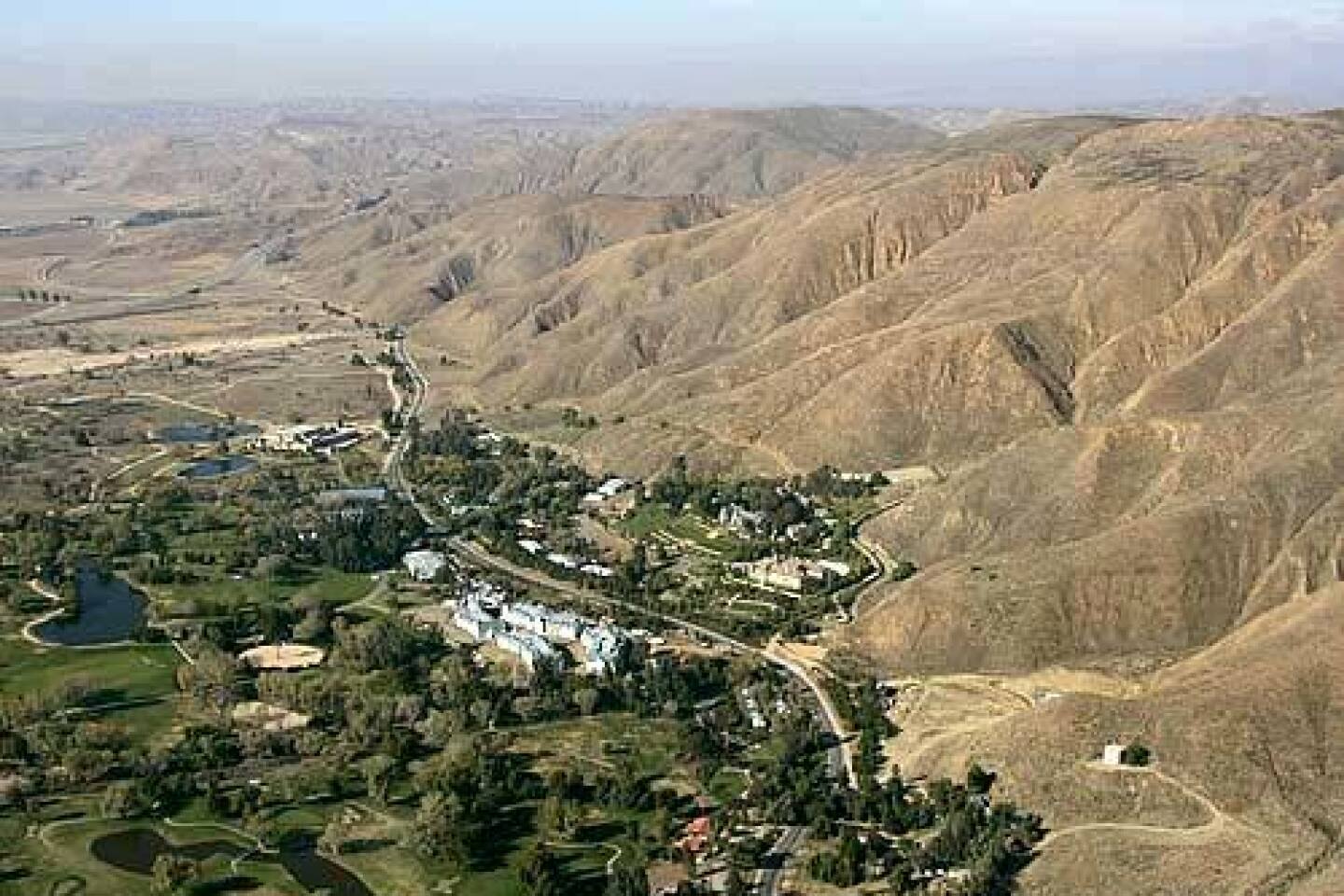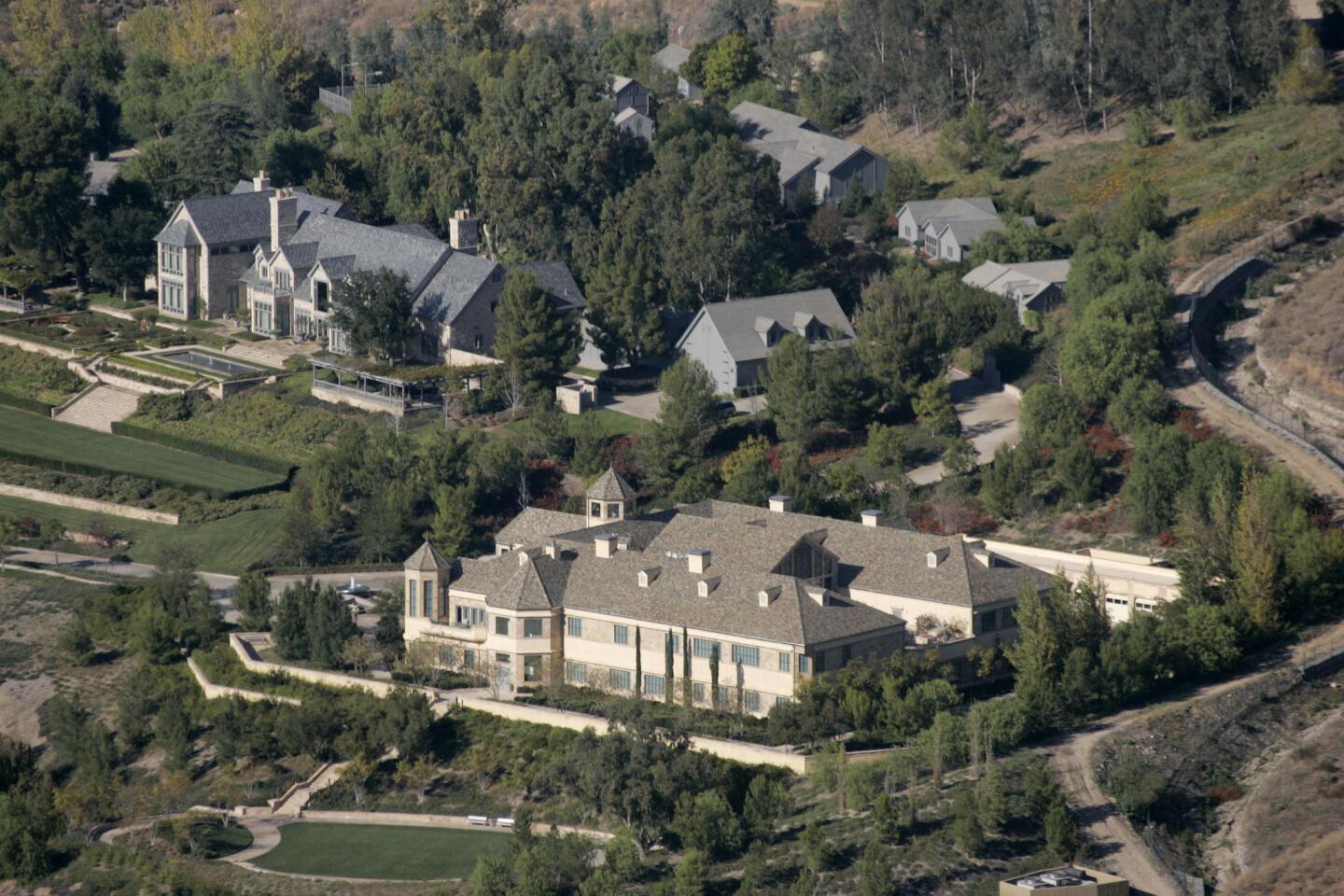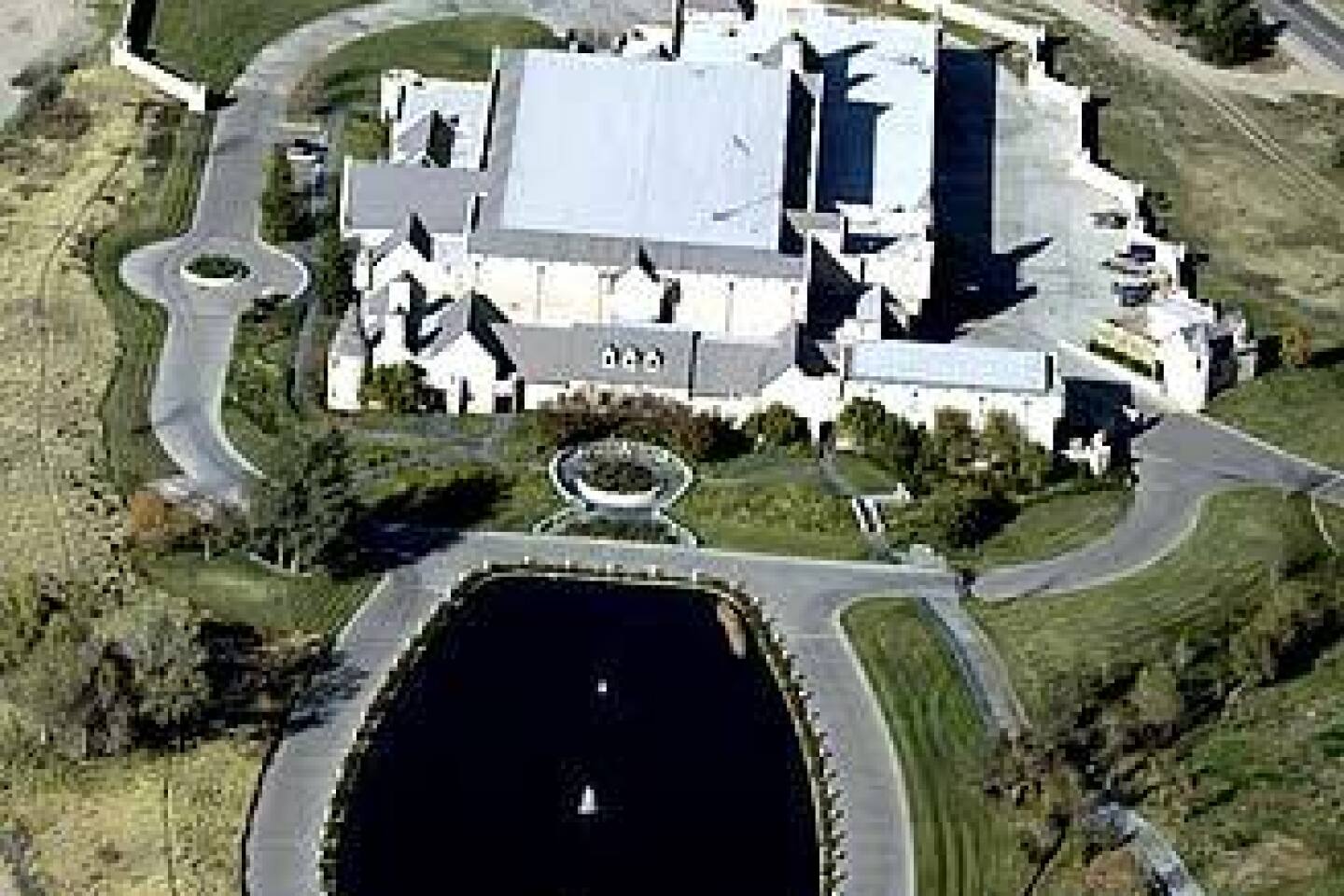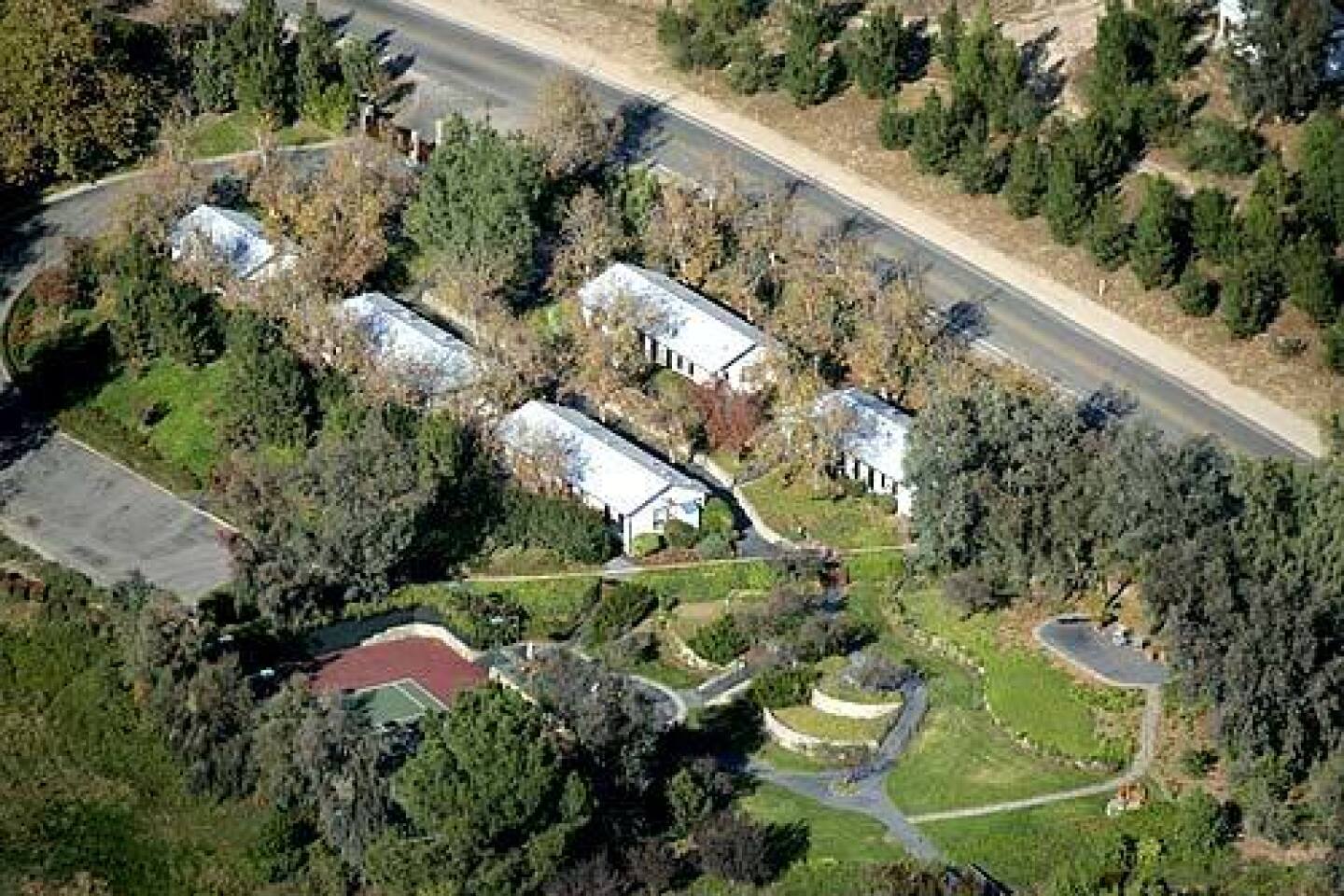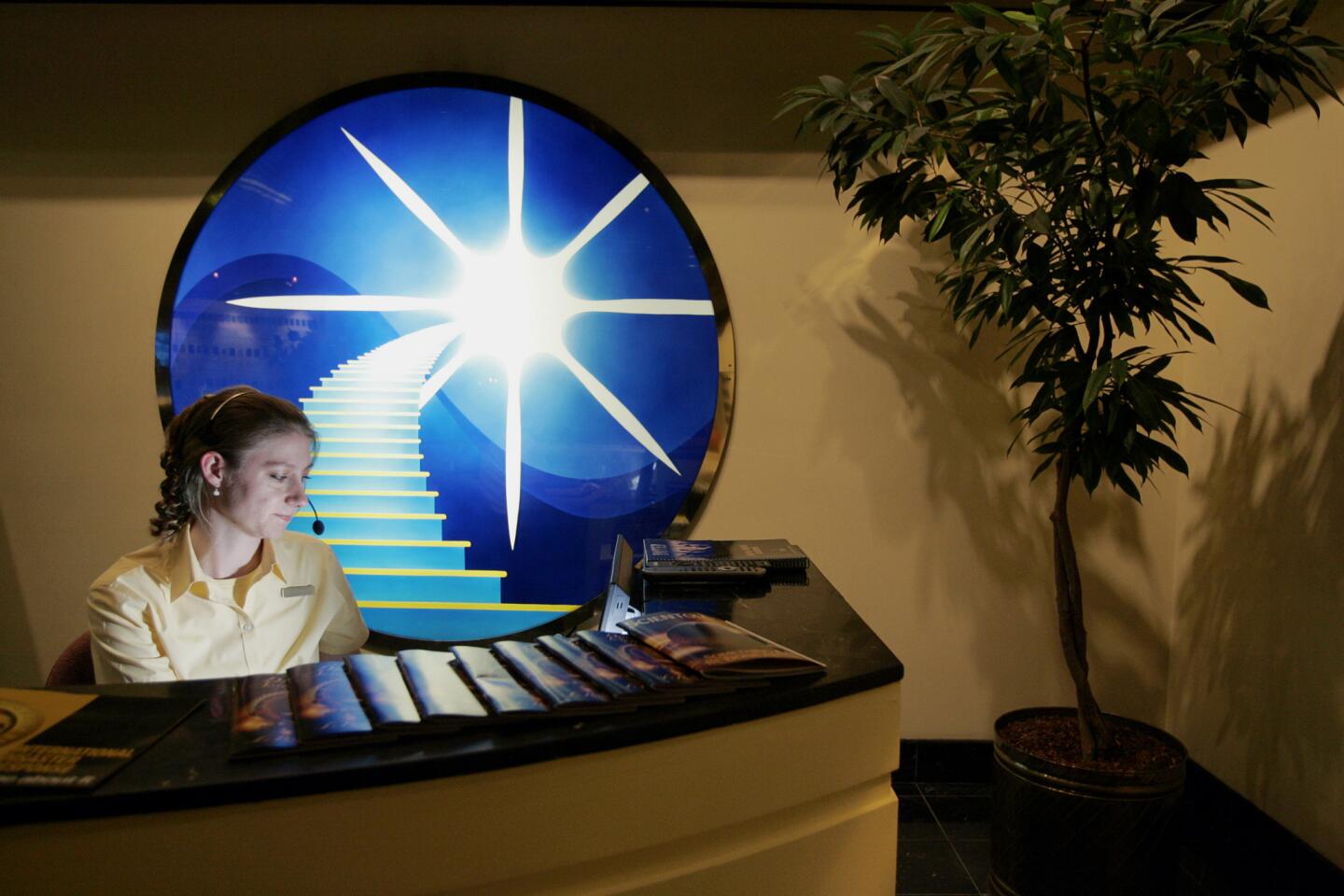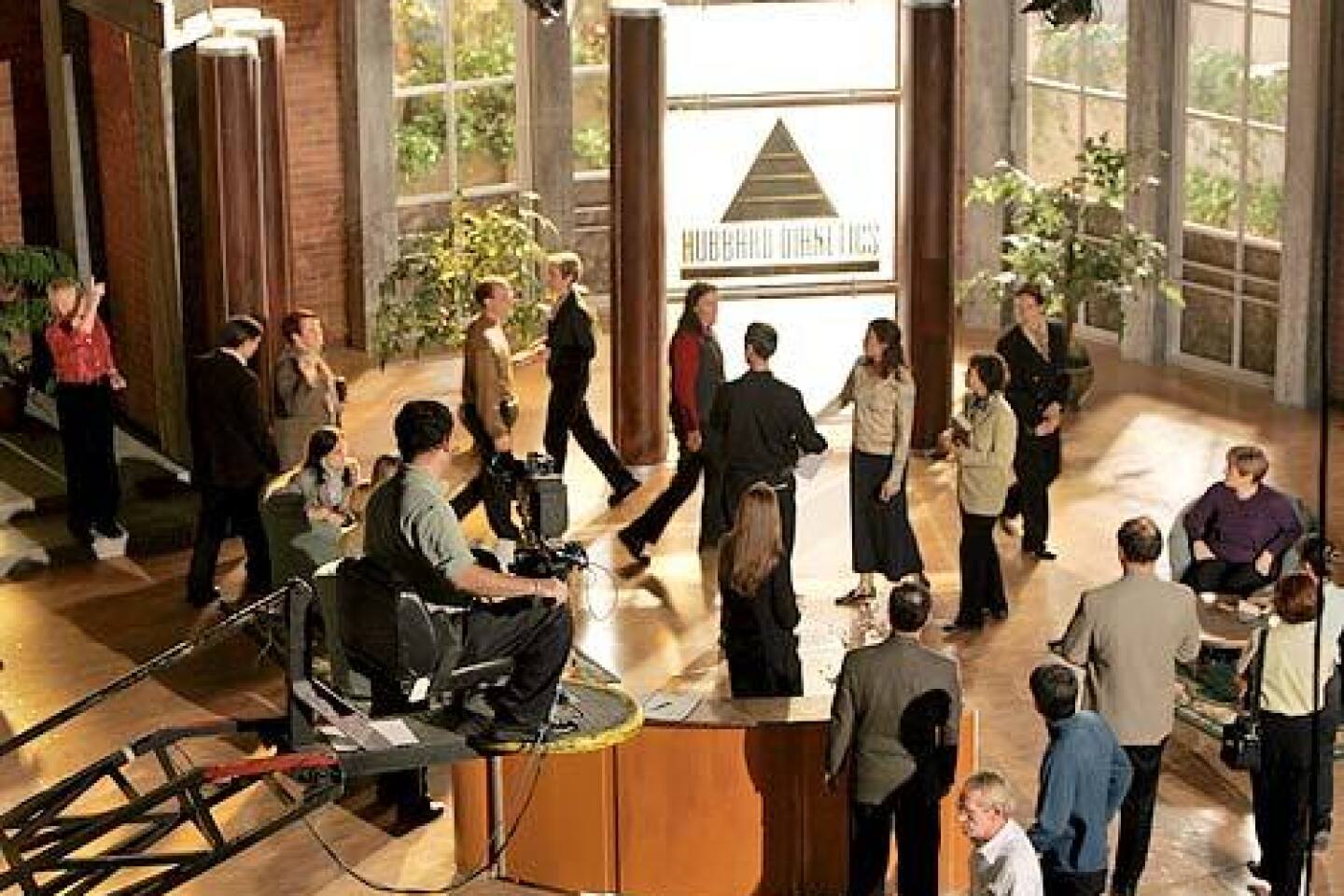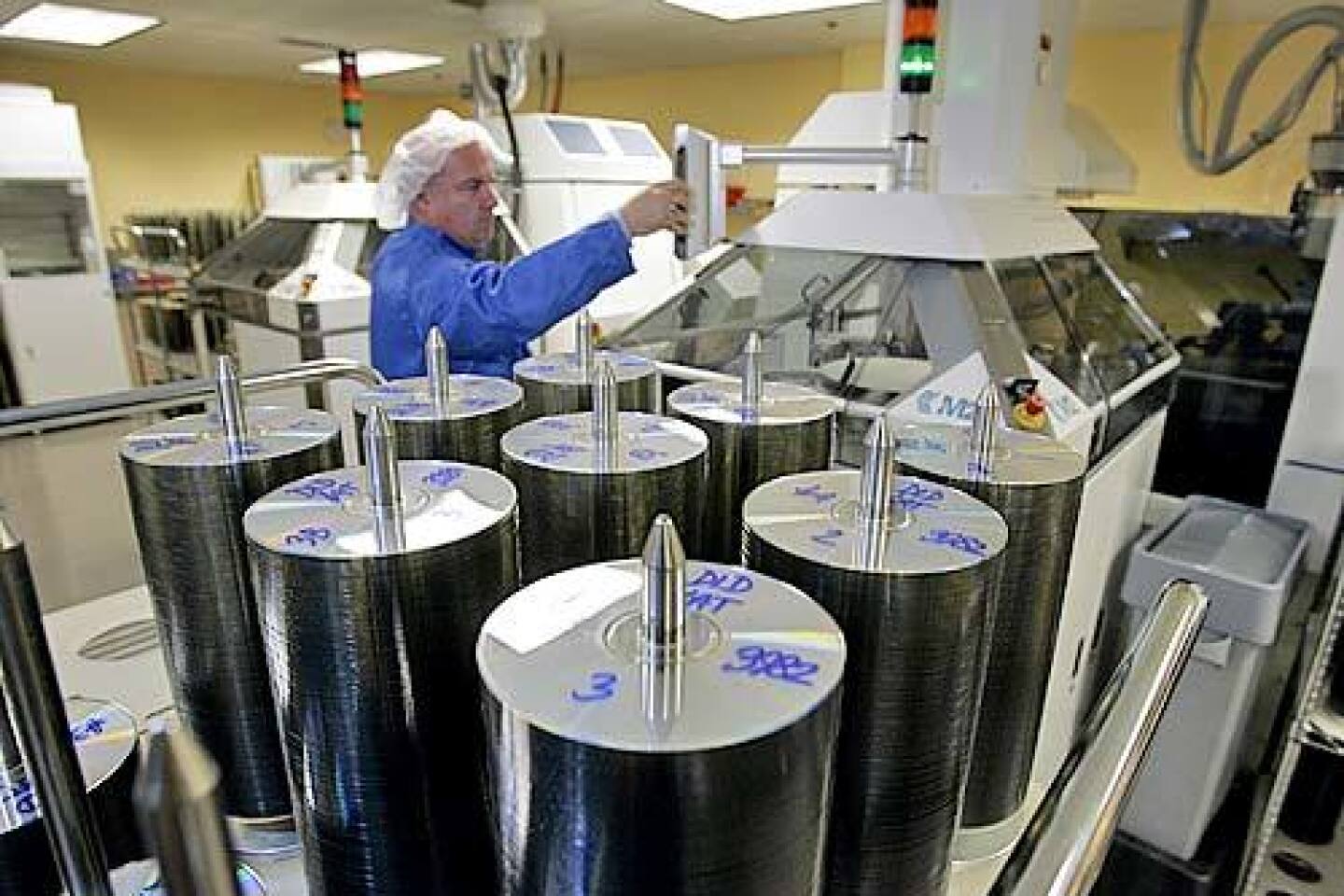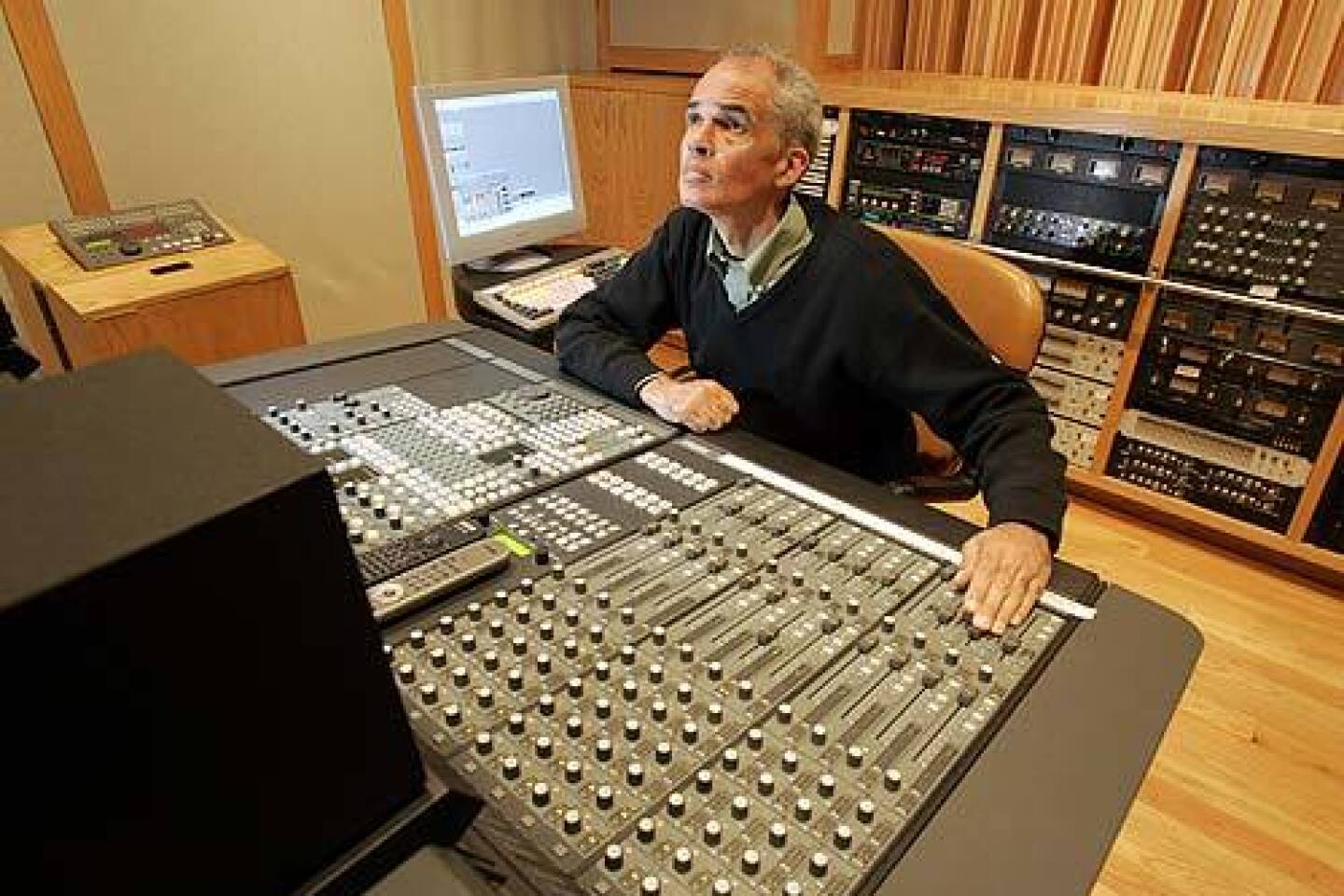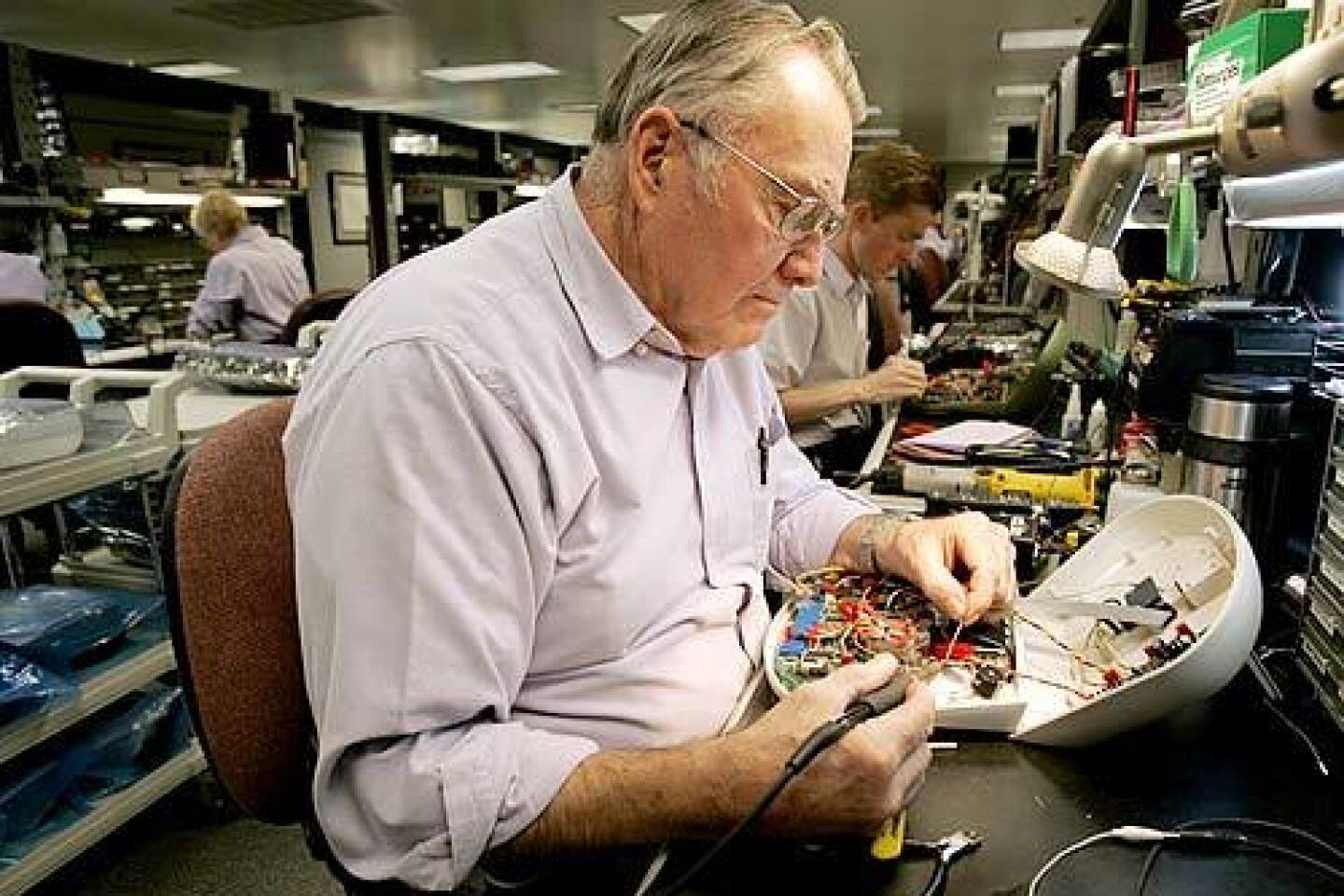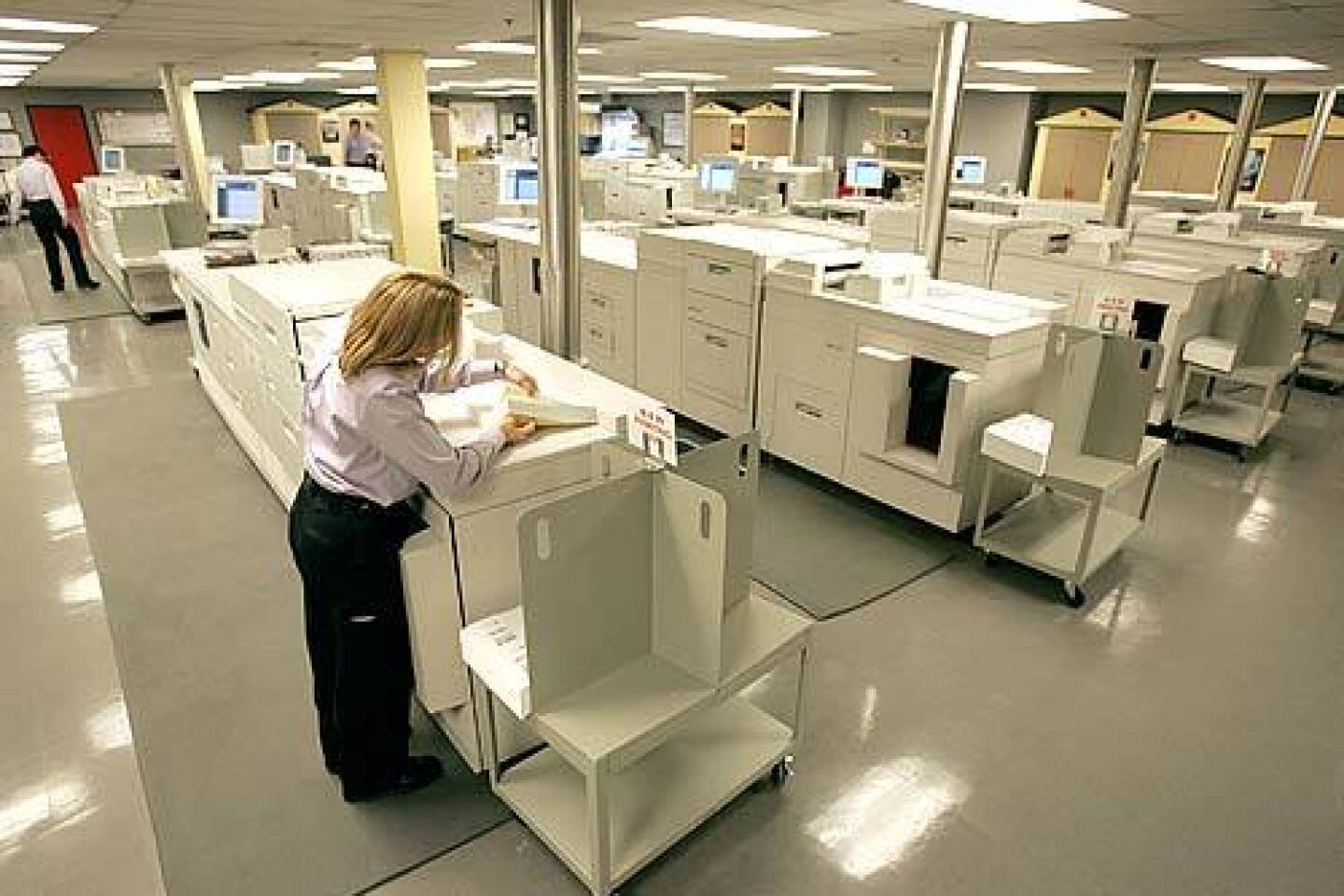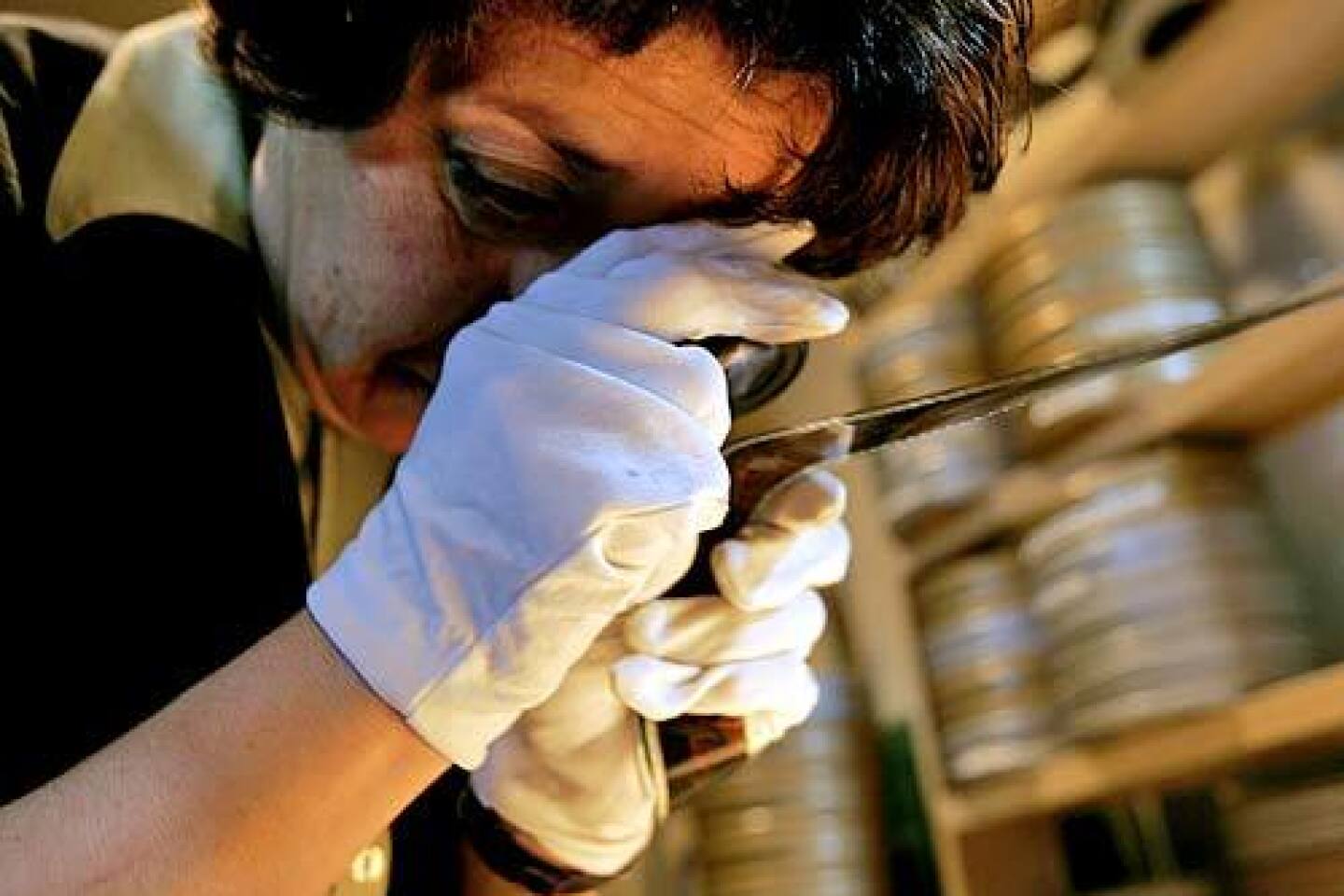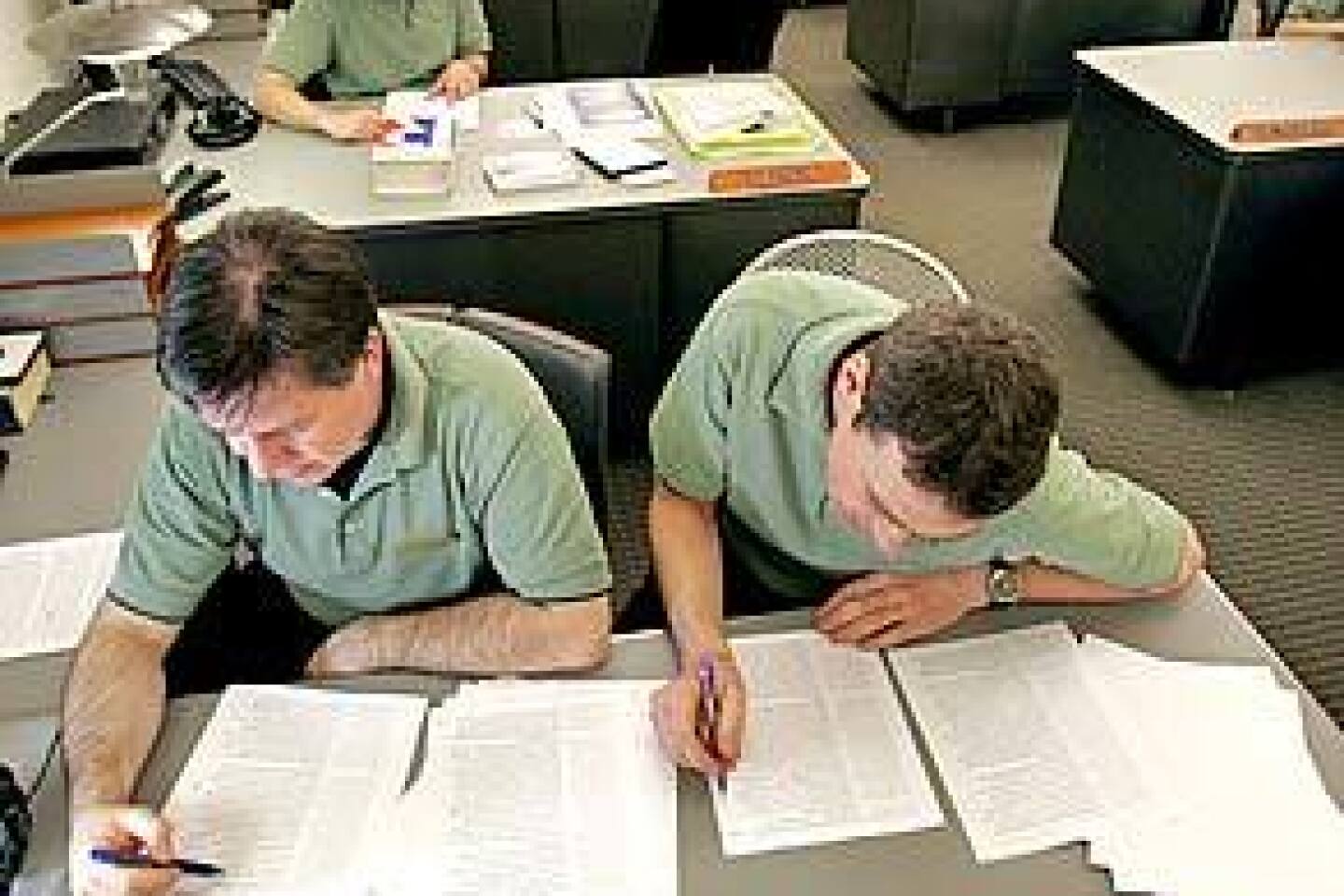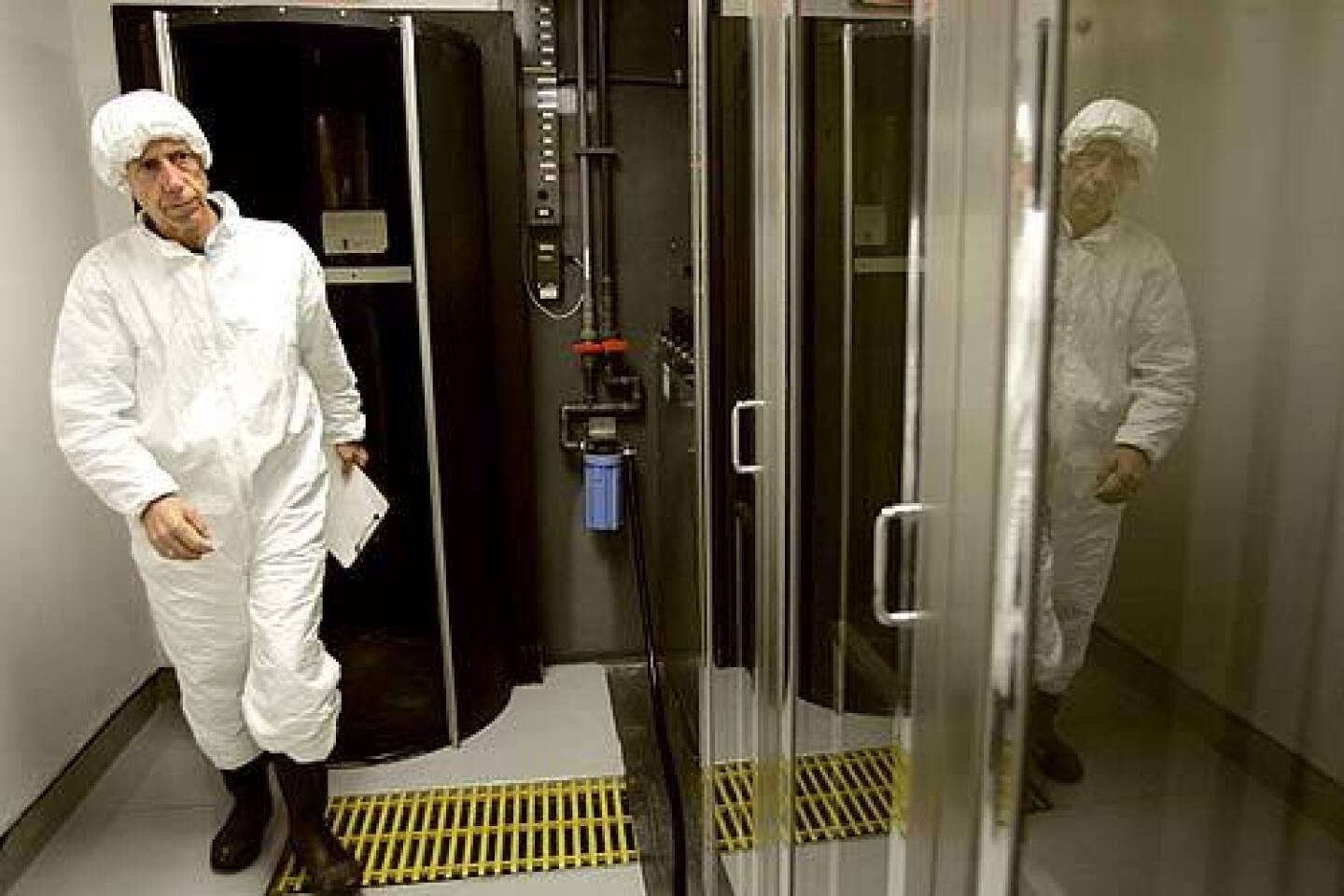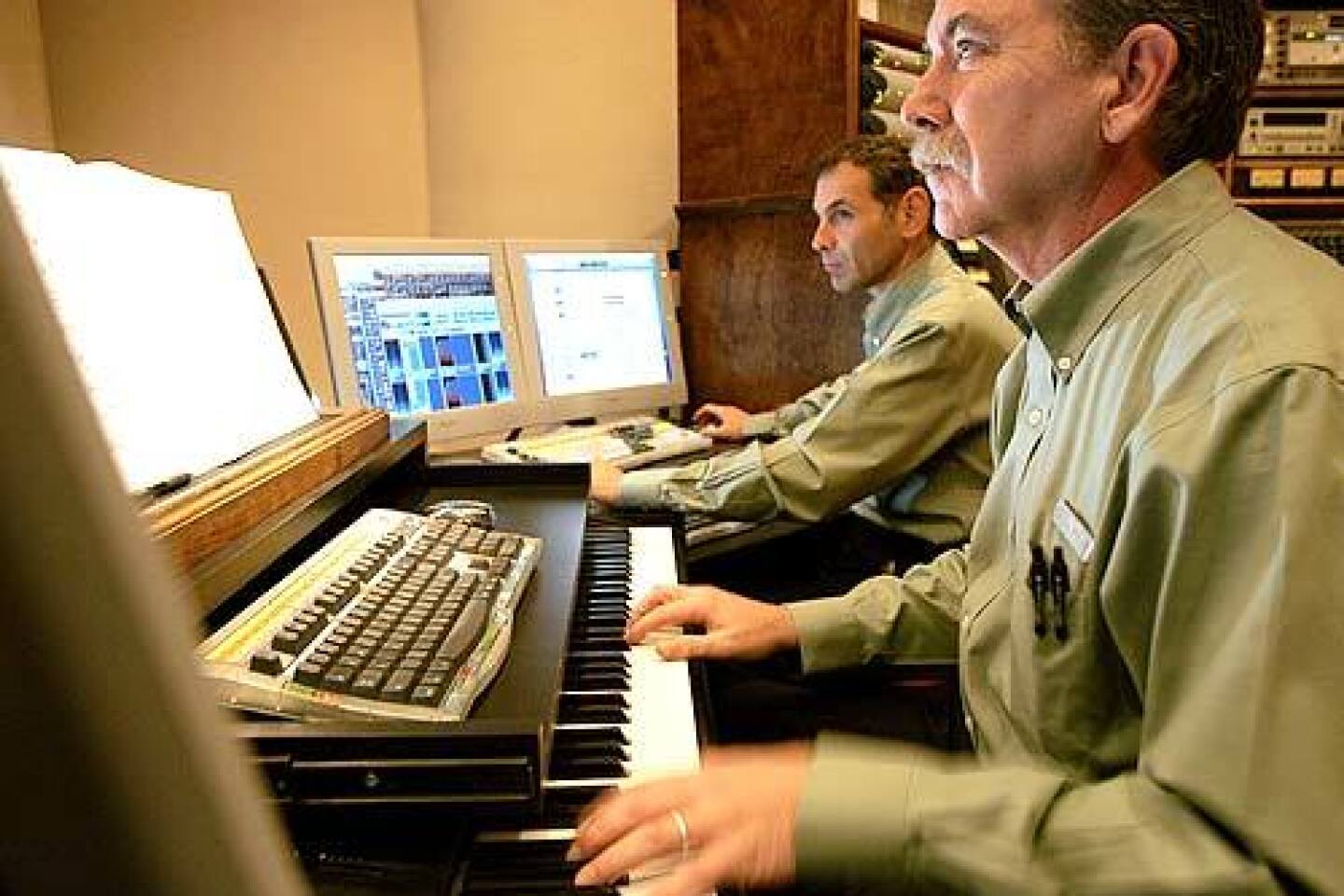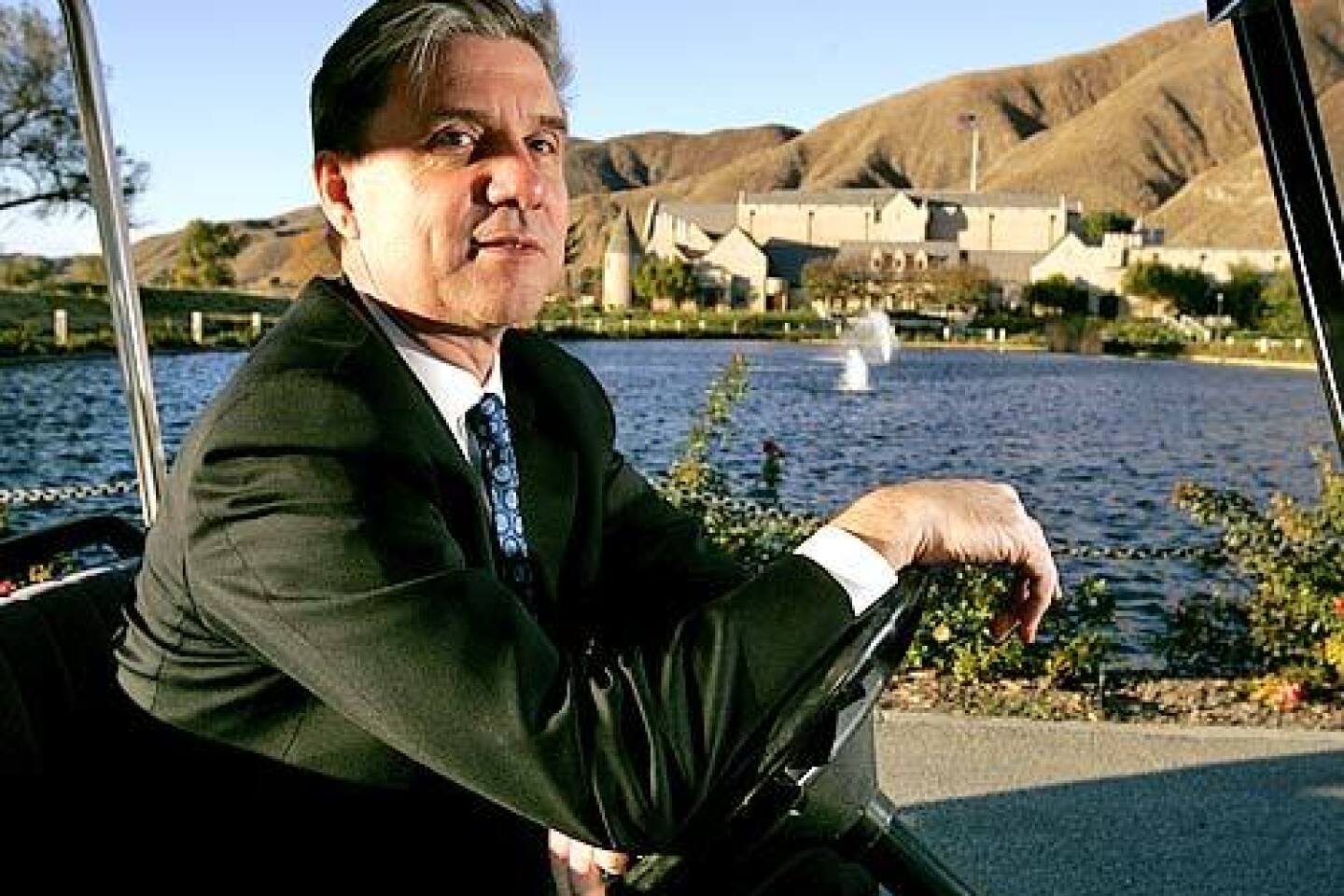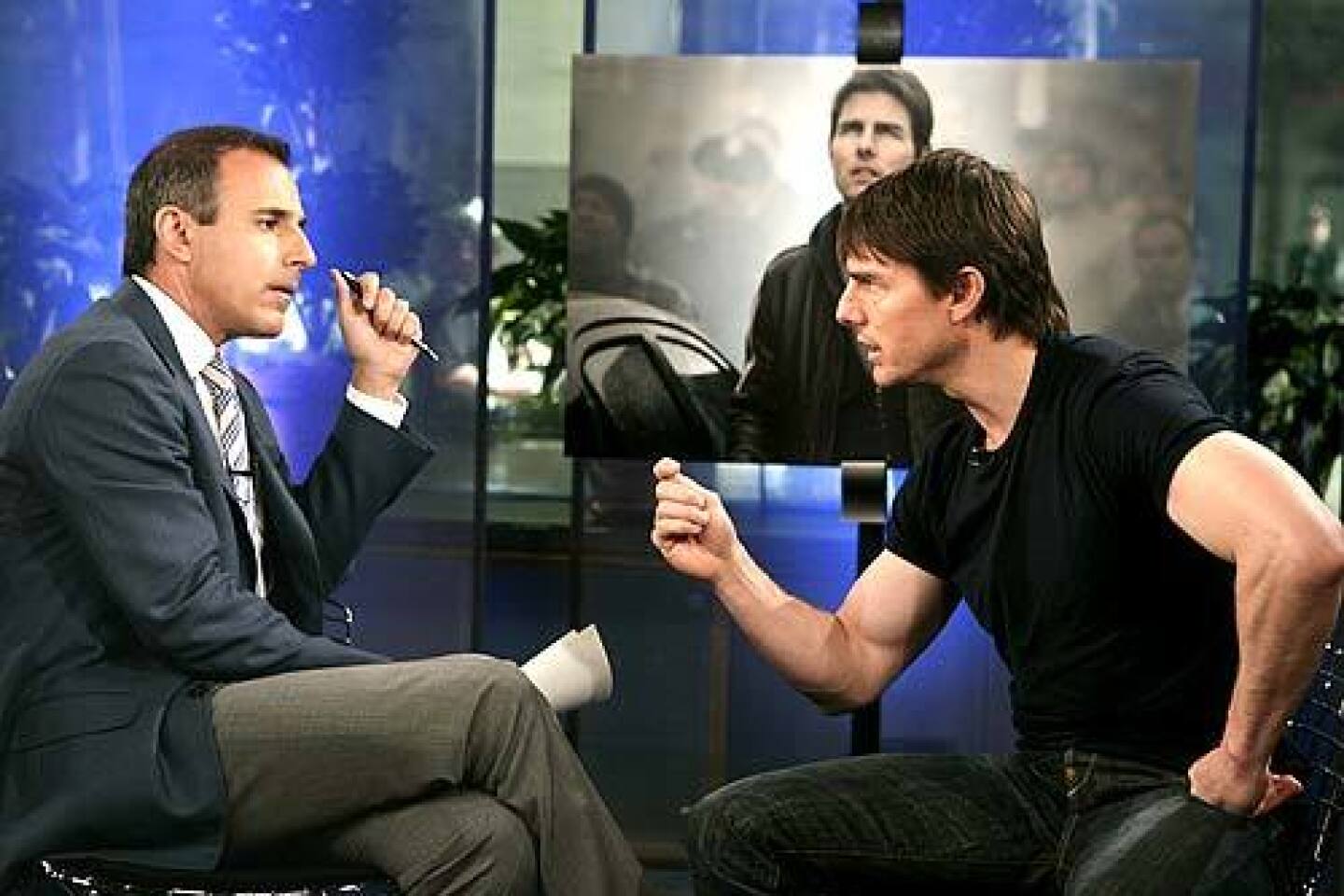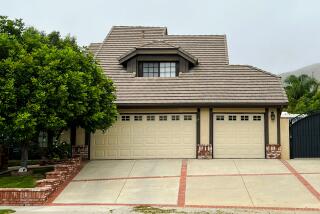From Mysterious Property Buyer to Community Presence
- Share via
When a mysterious buyer expressed interest in the old, bankrupt Gilman Hot Springs resort in 1978, Richard J. Hoag thought it might be a group of expatriates from Rhodesia. Others whispered that maybe the Mafia or the Moonies were moving onto the 500-acre property near Hemet.
Only much later did anyone learn that the buyer — which paid $2.78 million and went by the names Scottish Highland Quietude Society and Western States Scientific Assn. — was really the Church of Scientology.
“I think they really didn’t want people to know because it was controversial,” said Hoag, a real estate agent and lawyer.
Mike Rinder, a Scientology spokesman, said the sellers would have inflated the price if they had known the church was the buyer.
Scientology founder L. Ron Hubbard discovered the property, nestled against the San Jacinto Mountains, while scouting film locations that looked like Scotland, Rinder said. Hubbard lived there for a short time before dropping from sight in 1980, six years before his death.
In the years since then, as the complex has grown into a major Scientology base of operations and a thriving audio and video production facility, the church has reached out to the community.
It has hosted Chamber of Commerce mixers, invited the local high school band to use its recording studio and held annual Bass-a-Thon fishing tournaments for kids. It also has reached out to politicians and public officials in the area, including Tim Chavez, a local fire captain with the California Department of Forestry and Fire Protection.
Chavez said his crew had been on the receiving end of the church’s goodwill each year, with someone from the group showing up with holiday dinners. Last year’s Thanksgiving basket brimmed with roast turkey, mashed potatoes and gravy — and beluga caviar.
“It was unbelievable,” Chavez said. “We ate for a week.”
Although Rinder said the church’s expansion was nearly complete except for a planned television station, some local residents think that the church’s community efforts are merely part of Scientology’s way of making friends to smooth the way for future growth.
Beginning in the late 1990s, the church bought dozens of nearby homes and vacant lots through one of its entities, Building Management Services, according to property records.
“They’ll take that whole mountain, I’m sure,” said Margie Butner, one of the sellers. “They’ll bulldoze all those houses and build another big complex.”
Gloria Knox and her husband, Ray, both in their 80s, sold their home but were told they could stay in the neighborhood as long as they wished. The church moved them to a house down the street and rents it to them at a nominal rate, she said.
“At first I said no, but then they took us down to this house and I loved it, I just loved it,” she said. “They wouldn’t even let us pack and unpack. They couldn’t have been nicer.”
Although grateful for the Scientologists’ generosity, Chavez said church members also benefited from his department’s expertise. Starting in the late 1980s, young men from the compound would show up at the fire station on nights and weekends, diligently combing through workbooks and energetically participating in firefighting exercises. As each set of sessions ended, Chavez said, they would drop out and be replaced by a new group of would-be volunteers. This went on for years, but none stayed long enough to serve.
Chavez said it finally occurred to him that the Scientologists had used the training to establish their own crew on the base when he learned they had bought a firetruck.
“I think they pimped us for training for quite a while,” he said.
More to Read
Sign up for Essential California
The most important California stories and recommendations in your inbox every morning.
You may occasionally receive promotional content from the Los Angeles Times.
